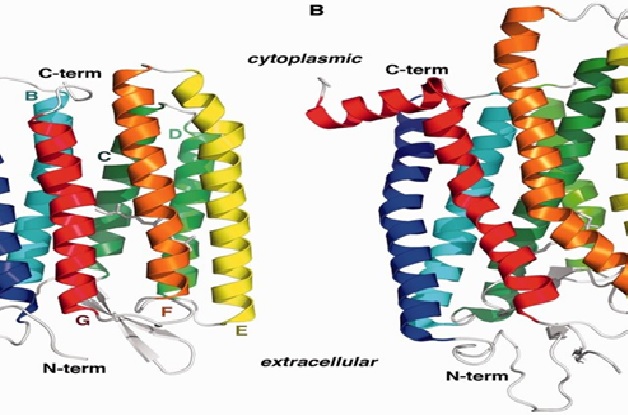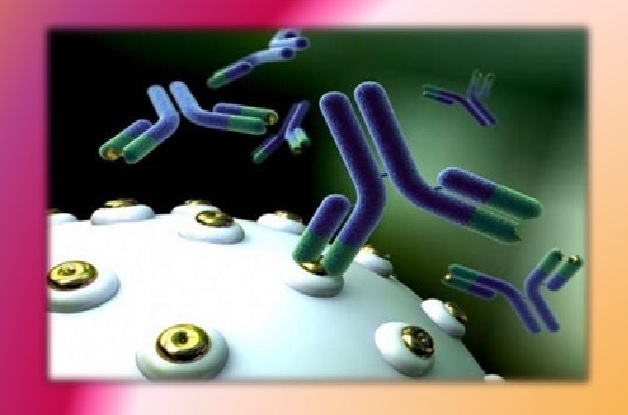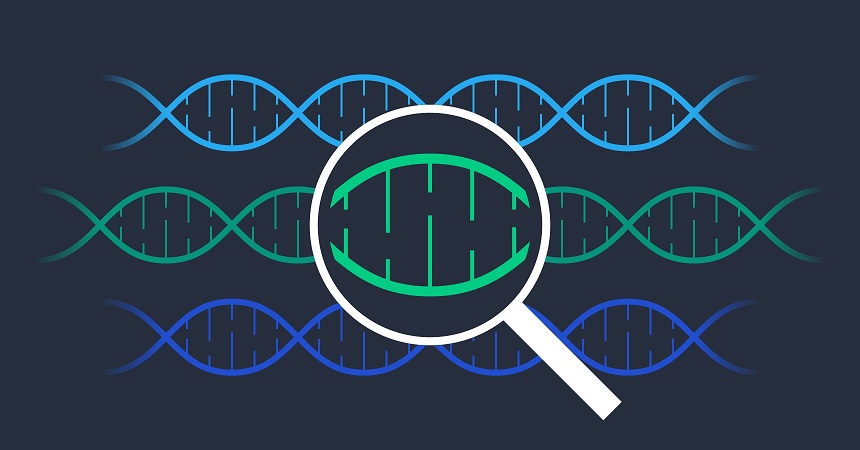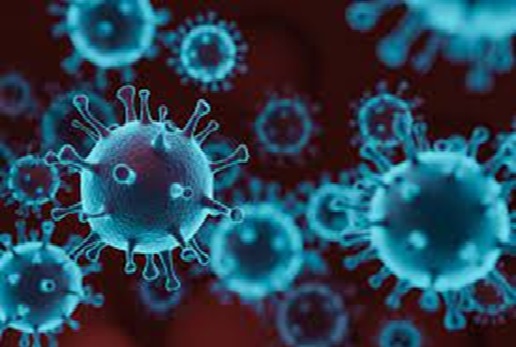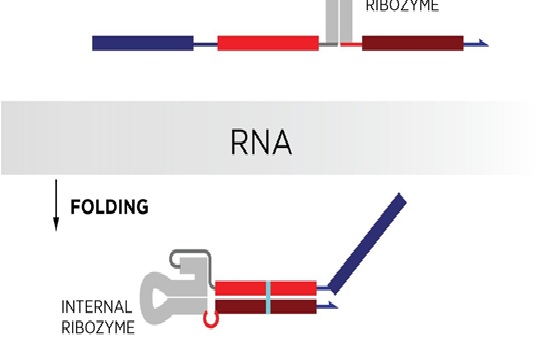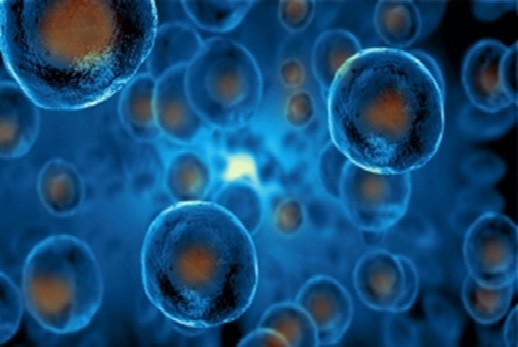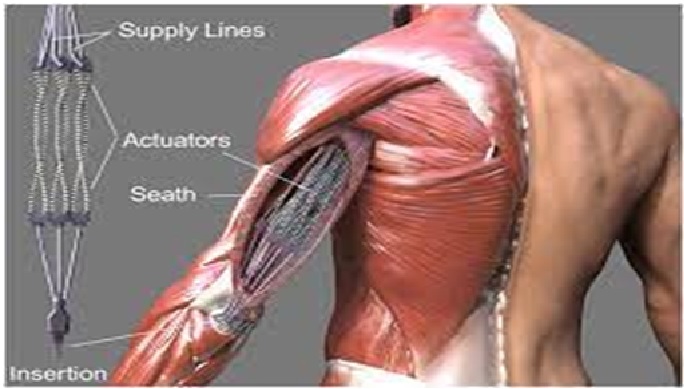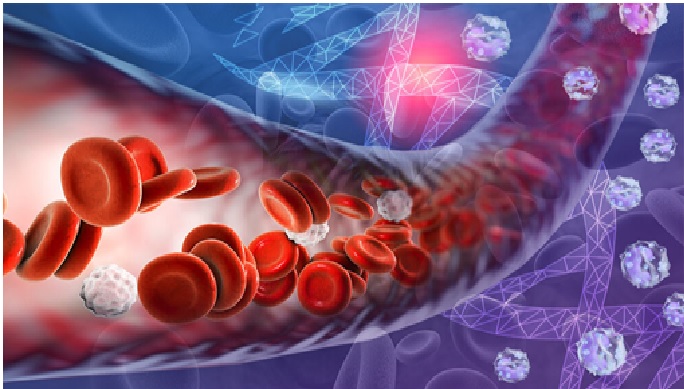Computational Approach Enables Spatial Mapping of Single-cell Data within Tissues
A new computational approach developed by researchers at The University of Texas MD Anderson Cancer Center successfully combines data from parallel gene-expression profiling methods to create spatial maps of a given tissue at single-cell resolution. The resulting maps can provide unique biological insights into the cancer microenvironment and many other tissue types. [1]
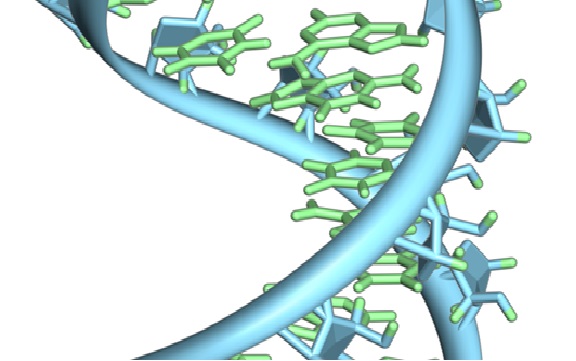
Figure 1. Computational approach enables spatial mapping of single-cell data within tissues
Figure 1 shows the study was published today in Nature Biotechnology and will be presented at the upcoming American Association for Cancer Research (AACR) Annual Meeting 2022 (Abstract 2129).
The tool, called CellTrek, uses data from single-cell RNA sequencing (scRNA-seq) together with that of spatial transcriptomics (ST) assays -- which measure spatial gene expression in many small groups of cells -- to accurately pinpoint the location of individual cell types within a tissue. The researchers presented findings from analysis of kidney and brain tissues as well as samples of ductal carcincoma in situ (DCIS) breast cancer. [2]
Single-cell RNA sequencing is a well-known approach to examine the gene expression of several individual cells from a sample. However, it cannot offer data on the cell location inside a tissue. ST assays, on the other hand, can quantify spatial gene expression by examining several tiny groups of cells throughout a tissue but are incapable of offering single-cell resolution.
Deconvolution techniques, also considered the contemporary computational approaches, can find various cell types present from ST data, but they are incapable of offering elaborate data at the single-cell level, Navin clarified. [3]
The researchers also collaborated with Savitri Krishnamurthy, M.D., professor of Pathology, to apply CellTrek to study DCIS breast cancer tissues. In an analysis of 6,800 single cells and 1,500 ST regions from a single DCIS sample, the team learned that different subgroups of tumor cells were evolving in unique patterns within specific regions of the tumor. Analysis of a second DCIS sample demonstrated the ability of CellTrek to reconstruct the spatial tumor-immune microenvironment within a tumor tissue.
“While this approach is not restricted to analyzing tumor tissues, there are obvious applications for better understanding cancer,” Navin said. “Pathology really drives cancer diagnoses and, with this tool, we’re able to map molecular data on top of pathological data to allow even deeper classifications of tumors and to better guide treatment approaches.” [4]
References:
- https://phys.org/news/2022-03-approach-enables-spatial-single-cell-tissues.html
- https://www.sciencedaily.com/releases/2022/03/220321132143.htm
- https://www.azolifesciences.com/news/20220323/Scientists-develop-a-novel-approach-enabling-spatial-mapping-of-single-cell-data-within-tissue.aspx
- https://www.biocompare.com/Life-Science-News/584479-Computation-Tool-Enables-Tissue-Spatial-Maps-at-Single-Cell-Resolution/
Cite this article:
Thanusri swetha J (2022), Computational Approach Enables Spatial Mapping of Single-cell Data within Tissues, AnaTechMaz, pp. 35


